________________________________________________________________________________
Compact Track Loaders / New Holland Compact Track Loaders / New Holland C190New Holland C190 Track Loader Troubleshooting

The New Holland C190 compact track loader driveline system components: a 274 cu.in (4.5L) FPT F4G E9454 four-cylinder direct injection turbocharged diesel engine with a rated power of 83 hp (62 kW), and 2-speed hydrostatic transmission. The hydraulic system has a pump with a rated capacity of 21.9 gal/min (83 l/min). The system pressure is 3050 psi (210 bar). The New Holland C190 is equipped with hydraulic disc brakes and steel-embedded rubber tracks. The compact track loader has a lift height of 127.4" (3235 mm) to hinge pin and dump height of 102.6" (2605 mm). The rated operating capacity is 2900 lbs (1315 kg), and tipping load is 8285 lbs (3760 kg).
Engine Troubleshooting
Engine difficult to start or won't start
There is air in the fuel system - Bleed the system.
Clogged fuel filter - Clean or change the filter.
Faulty or dirty injection nozzles - Check injection nozzles and replace if required.
Dirt or water in fuel system - Drain water or flush dirt from the system.
Valve clearance is wrong - Have it adjusted.
Fuel injection pump malfunction - Install a new pump or rebuild.
Engine starts but stops suddenly
Clogged air cleaner - Clean or replace air cleaner element.
Fuel filter element clogging - Clean or replace the filter.
Fuel injection pump has loose connections - Tighten the connections.
Defective or clogged fuel injectors - Replace fuel injectors.
Faulty fuel injection pump - Install a new fuel pump or repair.
Engine shuts off suddenly during operation
Low coolant temperature - Normalize the temperature by warming up the engine.
Fuel filter is plugged - Clean or replace the filter.
Air in fuel tank - Bleed fuel tank.
Fuel injection nozzles are dirty or defective - Inspect nozzles and replace if necessary.
Improper fuel injection timing - Set up as recommended.
Engine stops when idle
Wrong adjustment of low idle speed - Normalize low idle speed.
Fuel injection pump is defective - Repair or change injection pump.
Fuel injectors are faulty or clogged - Test and replace fuel injectors if necessary.
Excessive valve clearance - Have it adjusted.
Low engine power
Plugged air cleaner - Clean or change.
Fuel injection nozzles are damaged - Check injection nozzles and replace if required.
Incorrect fuel injection pressure - Check the fuel injection pressure and adjust if necessary.
Incorrect valve clearance - Have it adjusted.
Incorrectly set low idle speed - Correct the settings.
Fuel hoses or lines clogging - Clean fuel hoses and lines.
Damaged cylinder-head gasket - Replace cylinder head gasket.
Piston rings are defective or leaking - Install new piston rings.
Engine overheats
Coolant level is low - Add coolant fluid to cooling system and also check it for leaks.
Engine oil level is insufficient - Checking oil level and add if necessary.
Dirty radiator core or faulty radiator cap - Install new cap or clean radiator.
Loose or damaged fan belt - Fan belt must be replaced.
Engine overloaded - Reduce load on the engine.
Oil pressure is low
Low crankcase oil level - Add oil as required.
Clogged oil filter - Service or change engine oil filter element.
Different type of engine oil - Drain and refill with oil of correct grade and viscosity.
Main bearing oil clearance is excessive - Install new bearings.
Oil pump malfunction - Replace as required.
Engine knocks or noises
Engine oil level is insufficient - Checking oil level and add if necessary.
Low coolant temperature - Warm up the engine.
Fuel injection pump timing is not adjusted - Adjust as recommended.
Low idle speed set incorrectly - Adjustment required.
Fuel injectors are faulty or clogged - Replace fuel injectors.
Connecting rod misalignment or failure - Need to replace or align the connecting rod.
Pistons are scored or worn - Pistons replacement required.
Drive system doesn't operate in one direction or either direction
Hydraulic fluid level low - Fill up the hydraulic fluid.
Undercarriage tracks are damaged or blocked - Remedy blockage or repair tracks.
Relief valve is stuck - Repair or install a new relief valve.
Clogged suction line or hydraulic filter - Service suction line or change hydraulic filter.
Faulty foot or hand controls - Repair or change.
Drive pump or motor is damaged - Inspect and change as required.
Machine does not move straight or moves jerky
Undercarriage tracks are jammed or defective - Fix jamming or repair tracks.
Tracks are loose or worn - Adjust track tension properly or repair tracks.
Track frame is clogged with debris, dirt, or foreign objects - Remove debris or clean track frame.
Lack of power
Hydraulic oil filter is clogged - Change or service hydraulic filter.
Defective or open relief valve - Close or change relief valve.
Defective or worn transmission parts - Check and change faulty components.
Damaged input drive shaft - Service or change faulty drive shaft.
Air in the hydraulic system - Bleed air from hydraulic system.
Drive system is overheated
Insufficient hydraulic fluid - Add fluid as required.
Dirty hydraulic fluid filter - Replace or service hydraulic filter.
Relief valve is stuck - Change or repair relief valve.
Drive pump or hydraulic motor malfunction - Repair or replace faulty component.
Hydraulic oil cooler is dirty - Clean cooling fins as required.
Drive system is overloaded - Load should be reduced.
Drive system is noisy
Oil viscosity is wrong - Drain and refill with correct oil.
Air in hydraulic system - Bleed air from system.
Defective drive pump or hydraulic motor - Replace or repair faulty component.
Worn or defective mechanical parts of drive system - Check the components and change if necessary.
Hydraulic system overheats
Hydraulic pressure incorrectly adjusted - Adjust it correctly.
Main relief valve is damaged or adjusted improperly - Adjust relief valve or change if required.
Hydraulic oil is dirty - The oil must be changed.
Lack of hydraulic oil - Fill up the hydraulic oil.
Worn hydraulic oil pump - Change or repair hydraulic pump if required.
Boom won't lower or raise
Lift controls malfunction - Change or repair.
Hydraulic pump not working - Repair or change pump if required.
Hydraulic control valve malfunction - Repair or replace the valve.
Defective hydraulic cylinder - Change or repair lift cylinder.
Hydraulic fluid is insufficient - Add fluid as required.
Bucket fails to tilt
Bucket tilt controls are defective - Replace or repair.
Hydraulic pump failure - Repair or replace pump if necessary.
Hydraulic control valve is defective - Repair or replace hydraulic valve.
Defective bucket cylinder - Repair or install a new cylinder.
Insufficient hydraulic fluid - Fill up the hydraulic fluid.
Boom or bucket runs slowly
Worn hydraulic oil pump - Test the pump flow rate and install new pump if required.
Hydraulic cylinder oil leakage - Install new cylinder seals.
Low hydraulic fluid level - Fill up the hydraulic fluid.
Hydraulic control valve is not set properly or defective - Repair or set correctly.
Hydraulic pressure has dropped - Set pressure correctly.
Lift arm or bucket movements are jerky
Air in hydraulic system - Need to bleed air.
Dirty hydraulic oil filter element - Change or clean oil filter.
Hydraulic fluid is dirty - Change hydraulic fluid.
Cylinder rod or tube is scratched - Change failed component.
Excessive hydraulic pump noise
Lack of oil or hydraulic leakage - Correct hydraulic leaks or top up oil as needed.
Plugged hydraulic filter - Replace or clean the filter.
Plugged suction line - Suction line must be serviced.
Pump sucks air - Bleed air from hydraulics.
Damaged pump components - Rebuild or change hydraulic pump.
Battery won’t charge
Corroded or loose wire connections - Tighten or service cable connections.
Faulty battery terminal connectors - Terminal connectors should be replaced.
Battery is worn - Install a new battery.
Belt is damaged or loose - Adjust belt tension or change the belt.
Starter motor cranks slow
Low battery voltage - Battery is drained, charge it.
Battery drains quickly - Service or change the battery.
Wires are disconnected or battery terminals are corroded - Connect wires correctly or change terminals.
Starter does not work
Battery is discharged or worn - Charge or change the battery.
Wiring is improperly connected or disconnected - Check wiring and connect properly.
Battery voltage is low - Battery needs to be recharged.
Starter motor is damaged - Repair or replace starter.
________________________________________________________________________________
________________________________________________________________________________________
| BOBCAT SKID STEER AND COMPACT TRACK LOADERS |
________________________________________________________________________________________
________________________________________________________________________________________
________________________________________________________________________________________
________________________________________________________________________________________
| GEHL SKID STEER AND COMPACT TRACK LOADERS |
________________________________________________________________________________________
________________________________________________________________________________________
________________________________________________________________________________________
| CASE SKID STEER AND COMPACT TRACK LOADERS |
________________________________________________________________________________________
________________________________________________________________________________________
________________________________________________________________________________________
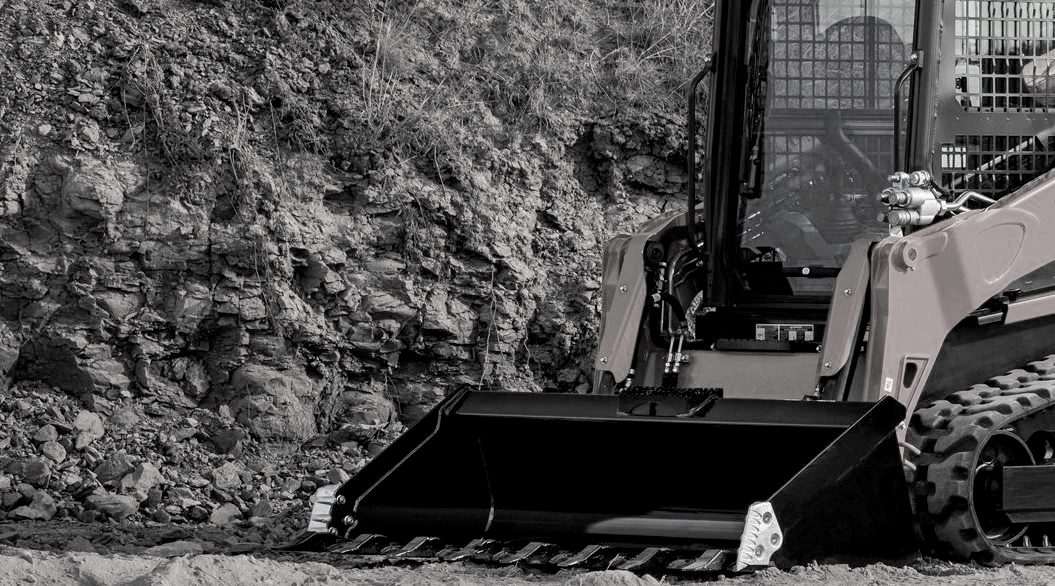
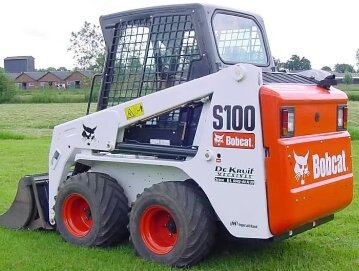 S100
S100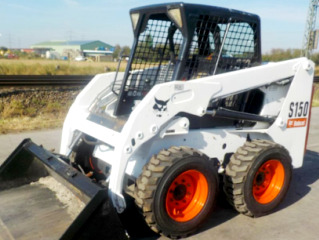 S150
S150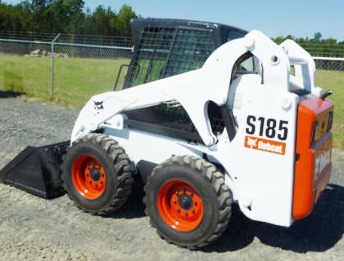 S185
S185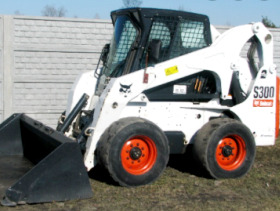 S300
S300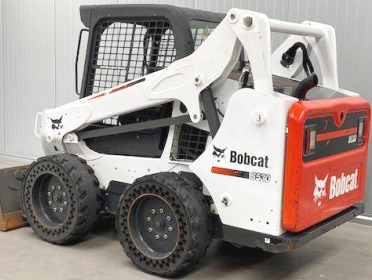 S530
S530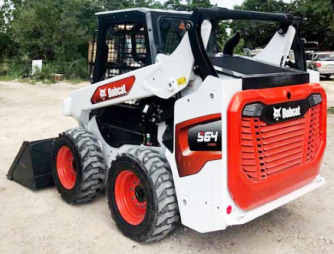 S64
S64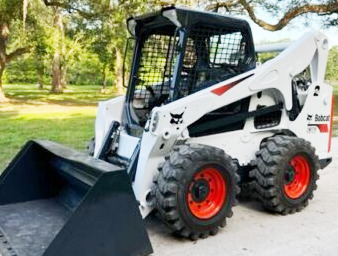 S740
S740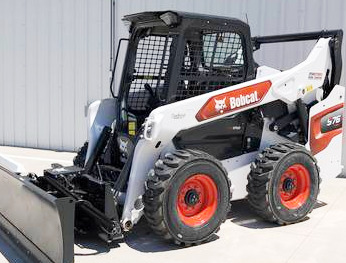 S76
S76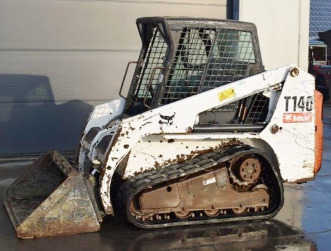 T140
T140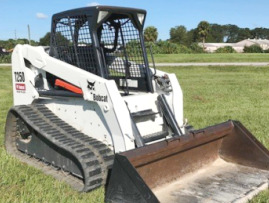 T250
T250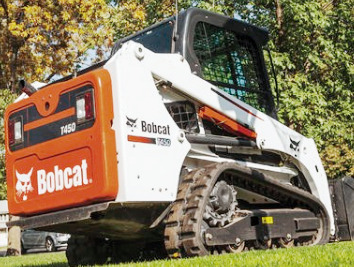 T450
T450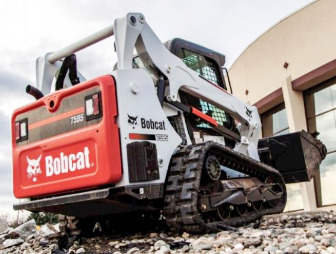 T595
T595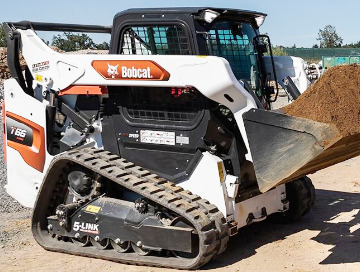 T66
T66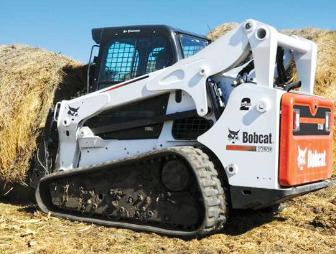 T750
T750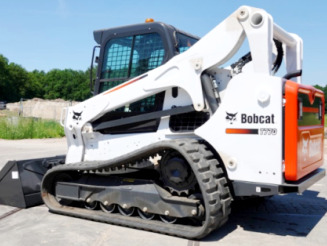 T770
T770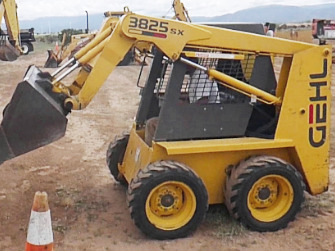 3825SX
3825SX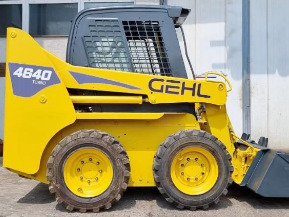 4640
4640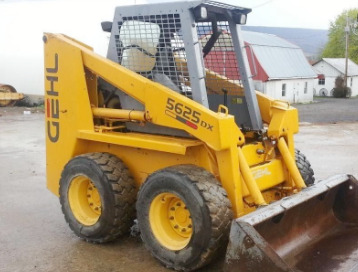 5625DX
5625DX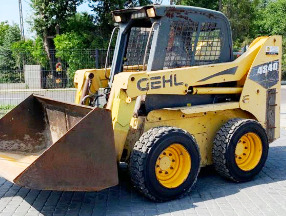 4840E
4840E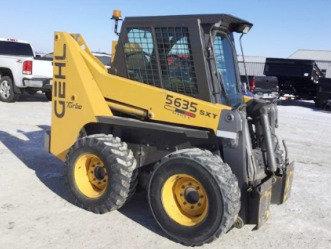 5635SXT
5635SXT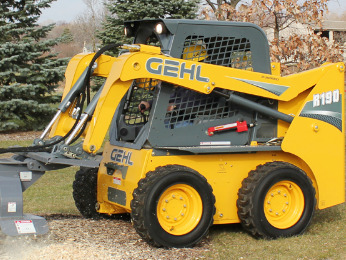 R190
R190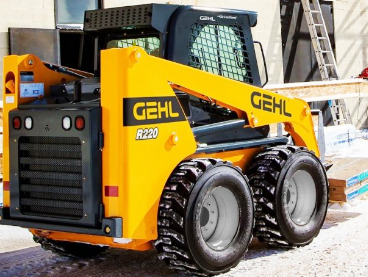 R220
R220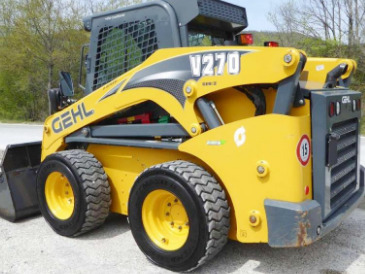 V270
V270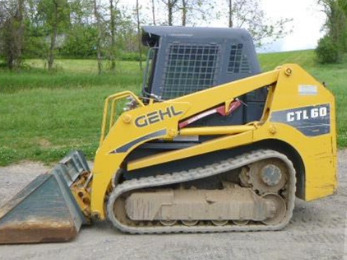 CTL60
CTL60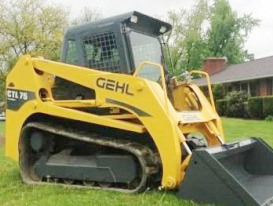 CTL75
CTL75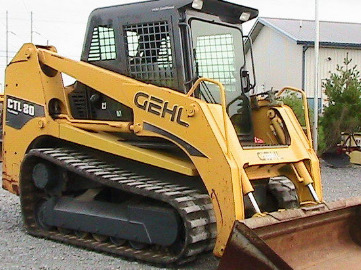 CTL80
CTL80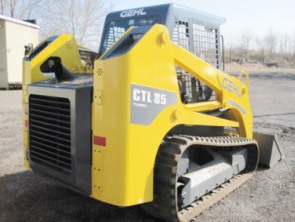 CTL85
CTL85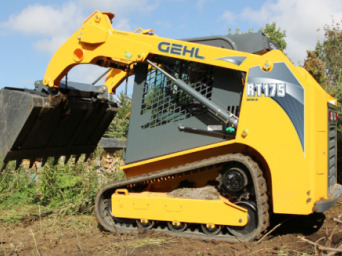 RT175
RT175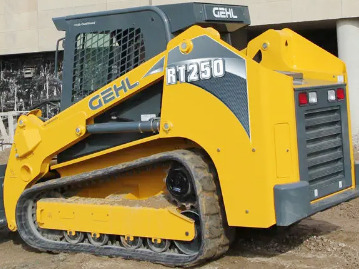 RT251
RT251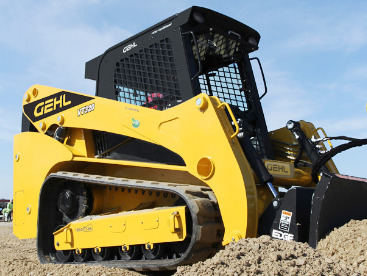 VT320
VT320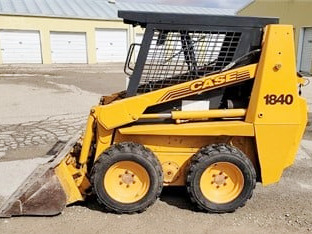 1840
1840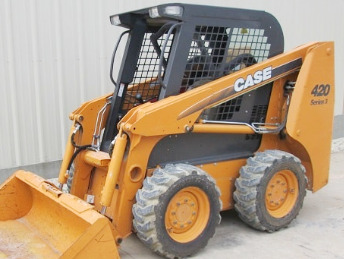 420
420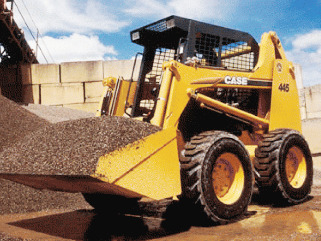 445
445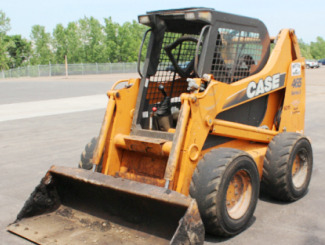 465
465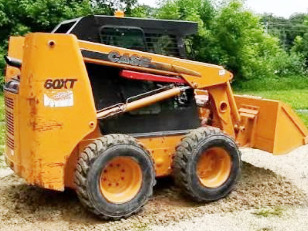 60XT
60XT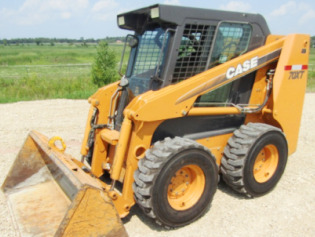 70XT
70XT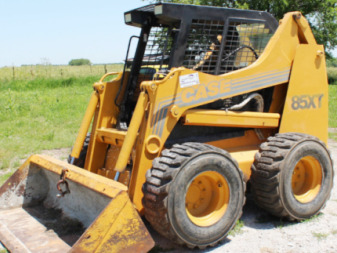 85XT
85XT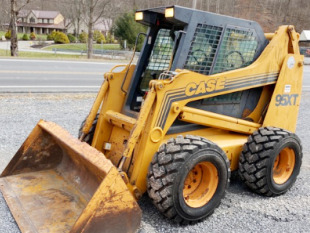 95XT
95XT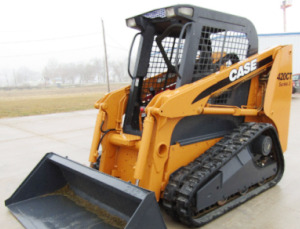 420CT
420CT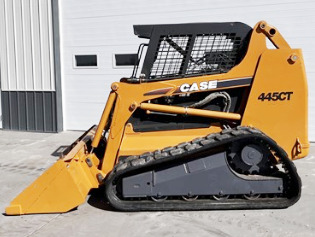 445CT
445CT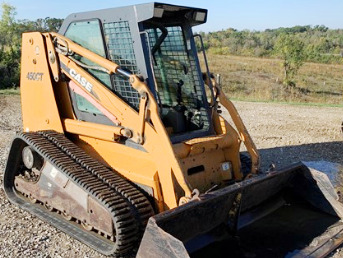 450CT
450CT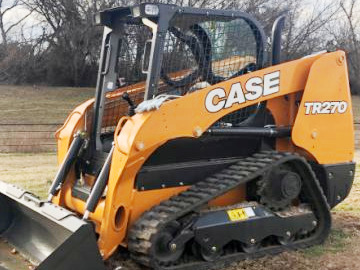 TR270
TR270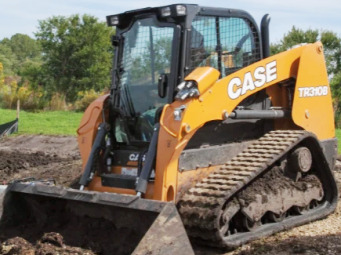 TR310B
TR310B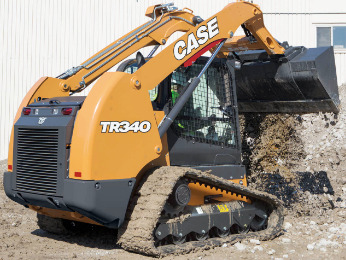 TR340
TR340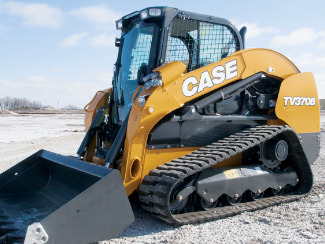 TV370B
TV370B